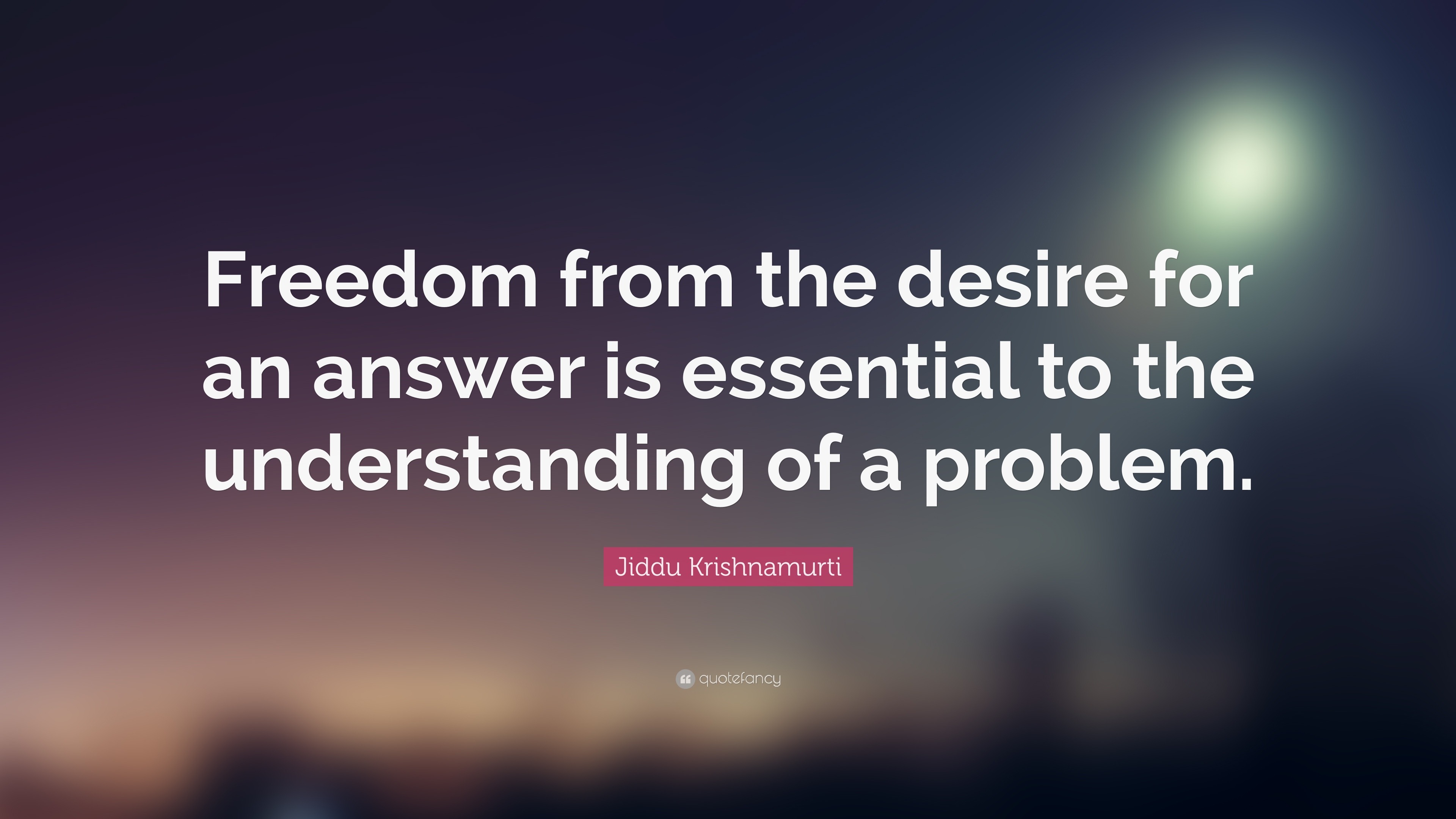

Behind the Looking Glass: Creolization and the Challenge of Intercultural Translation " Looking behind the looking glass " is a metaphor employed in our AHRC " Translating Cultures " research network for the screen of knowledges and practices that constitute what Sylvia Wynter calls the " autopoetic turn " (Wynter 2007), through which we interpret and constitute ourselves and others. The history of imperialism and slavery narrated of imperialism and slavery is an old narration but its telling is new for it generates new ways of understanding this history in the present where constituencies and communities of different cultural practices, often speaking different languages while sharing the language(s) of the dominant culture, are called forth to live together and live well.

The text as a site of translation and affiliation of different aesthetics, genres and traditions represents a new poetics of the human whose history is now narrated by the formerly dispossessed and expropriated other. In this light, this essay examines Imoinda: Or She Who Will Lose Her Name as a text that mediates between cultures represented as oppositional and operates as a site where their discrepant histories are translated, written anew, and rethought. Creolization emerges as the urgency to develop new concepts and disseminate " contrapuntal " and " affiliated " histories (Said) in order not only to narrate the Caribbean diaspora but also the social, political, and historical development of a wider British culture. If creolization was represented as the property of the postcolonial world, the sign of hyphenated cultures emerging from the slave plantation economy and the slave trade, it has become a concept that names the transformation of the dominant cultures from within the other " minor " cultures and histories with which they have been living.
#Extreme desire for freedom free#
This research paper will analyse Oroonoko’s uncomfortable state of mind, his desire and resolution to become a free man notwithstanding any potential menaces by the overseers of the plantation by taking into consideration the explanations that John Locke had given in his work about the nature of humans and slavery. In addition to that, such reading of the novel will also give an understanding about the ways the enslaved Africans conceptualized slavery.

Reading the novel from that point-of-view is intended to show the psychological and physical struggles which the enslaved Africans had to endure for centuries. In his Two Treatises of Government (1689), John Locke examines the nature of humans and presents his ideas about the state of slavery, under what circumstances a person can be regarded as a slave and how rightful the claim of subjugation would be on behalf of the possessor of the slave. Oroonoko’s protest against his enslavement and his actions to escape the bonds of slavery are suitable for reading from a Lockean point-of-view. The desire for freedom in Oroonoko is so strong that it works as a catalyst and motivates Oroonoko to commit the most sorrowful event of his life and endure terrifying pains at the end of the novel. Aphra Behn’s Oroonoko: or, the Royal Slave (1688) was one of the earliest fictional works to provide an insight into the backstage of the transatlantic slave trade and life of the slaves in the plantations.


 0 kommentar(er)
0 kommentar(er)
